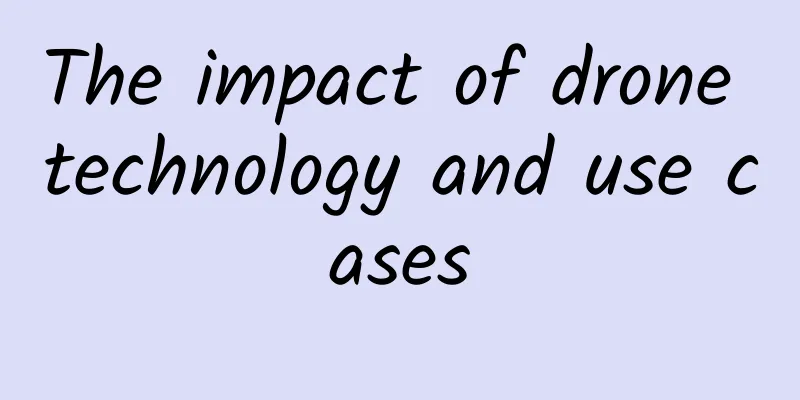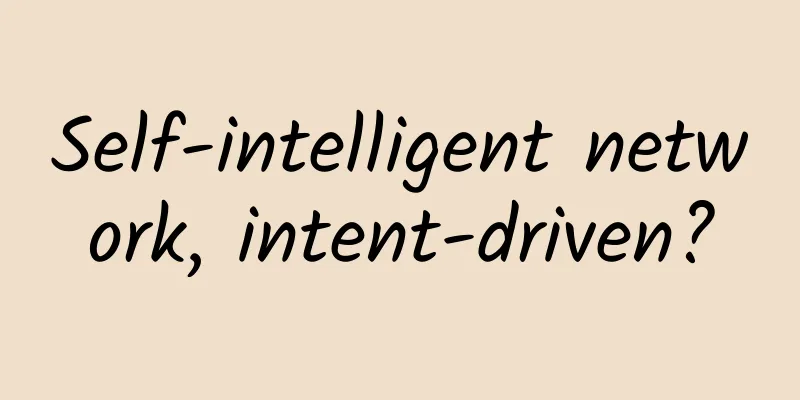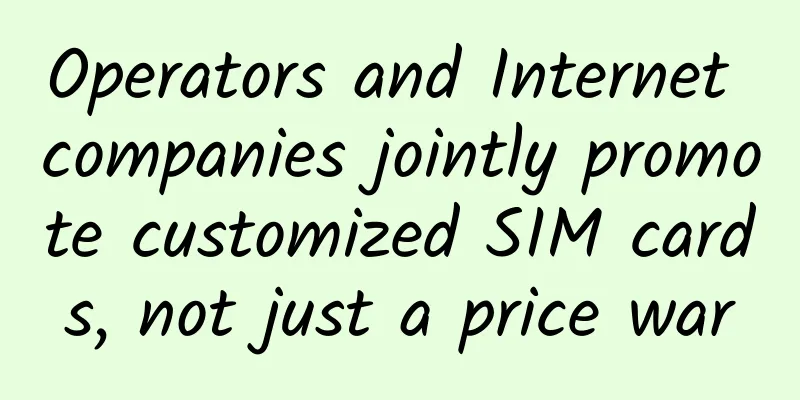The impact of drone technology and use cases

|
Before we dive into the ways drones can make the world a better place, it’s important to understand the benefits of 5G over existing cellular technology. Benefits of 5G Networks
While countless applications will benefit from these lightning-fast, low-latency networks, drone technology is expected to be one of the main beneficiaries of 5G availability. The drone revolutionThe adoption of 5G has and will continue to enable the use of drone technology in various industries, including last-mile delivery, logistics, retail, agriculture, and healthcare. In addition to commercial and consumer applications, drones are also being utilized by the Department of Defense (DoD), the Department of Homeland Security (DHS), and emergency services in many other ways. Whether used for search and rescue missions, delivering medical supplies or food, fighting wildfires, or assisting with crop management, drones have become an important means of supporting communities and businesses around the world. What is last mile delivery?Last mile delivery can be defined as the movement of goods from a transportation hub to the final delivery destination. In other words, the "last mile" of delivery is the final step in the supply chain process where the package is delivered to the buyer's doorstep. So why are companies using drones for last mile delivery? Last mile delivery is often considered the most complex, challenging and expensive process in the supply chain. Consumers are increasingly turning to e-commerce for all of their shopping needs, with fast fulfillment and increasingly faster delivery of those goods and services. This isn’t just a good thing — it’s become an expectation. On top of that, the continued growth in road traffic loads due to a steadily increasing global population has created significant barriers to successfully delivering goods and services to customers, especially in rural or hard-to-reach areas. As a result, companies across many industries are realizing they need to adopt and invest in drone technology to speed up deliveries, access hard-to-reach locations, meet customer expectations, and reduce supply chain costs. Let’s take a look at some of the other ways drones are being used across different industries. Drone Technology Use Cases1. Agriculture and FarmingDrones are one of the main technologies driving “precision farming,” which is the science of increasing productivity, efficiency, crop yields, and profitability through the use of technology. That being said, drone technology in agriculture and farming is an emerging trend as its benefits enable farmers to:
While drones have a wide range of uses in agriculture, such as crop monitoring, seeding, field mapping, spraying pesticides, etc., their primary use today is centered around acquiring highly detailed data on crop health, soil health, and detecting diseases through the use of different sensors. Not only does this powerful data allow farmers to understand the health levels of their crops and understand what actions need to be taken to improve crop quality, but drones can also help them quickly identify and detect problems at an early stage. Not having the insightful data and information required can lead to huge losses if problems are not detected early. Given that many drone operations are automated through intelligent flight modes, they also reduce the time spent in the field, thereby reducing labor and equipment costs. 2. State and local governmentsThe advent of drones has the potential to revolutionize a variety of industries and city services, as they can provide significant benefits to state and local governments across the U.S., including law enforcement support, border surveillance, fighting wildfires, conducting inspections, environmental monitoring, and disaster management. Drones also have many uses in supporting the Department of Defense, and companies are helping the U.S. Army with short-range reconnaissance missions. Drones have quickly democratized aerial security and surveillance among the military, as they are smaller, can cover large areas quickly, and are more efficient than manned aircraft such as helicopters. In terms of disaster management, drones are used to detect and monitor wildfires. By providing real-time data about area topography, visual pictures and videos, thermal signatures, and fire hotspots, drones can help firefighters and first responders use this data to make informed decisions and help limit the impact of environmental disasters. Drones are also revolutionizing firefighter safety because they can keep firefighters safe and away from danger zones by informing crews which direction to move and where they can safely go. State and local governments also have the opportunity to use drones for surveillance, to enhance city services, and to increase the protection and safety of residents within cities. 3. HealthcareDrones have become an emerging technology for healthcare providers around the world, used for both emergency and non-emergency purposes. Medical drones enable healthcare providers to transport medical equipment and materials and interact with patients contactlessly, thereby reducing the spread of infectious diseases. Healthcare providers can also use drones to deliver essential items such as diagnostic tests, medications, vaccines for transmission and delivery, and enable home healthcare. Drones can safely, easily, and efficiently access places that are difficult or unsafe to reach via traditional delivery methods. Given that drones are faster and safer than traditional modes of transportation, they improve the odds of delivering important goods to their final destination in a timely manner. Washington’s “multi-center health care system” is scheduled to launch in 2024 and will begin using drones to deliver a variety of medical supplies, such as lab samples, medications, and test kits, to service facilities in real time to establish a faster on-demand delivery model and improve the patient experience. Drone deliveries will help doctors create a better experience for patients by reducing delays and stress during childbirth. Connectivity requirementsYou don’t have to look further than Sigfox’s bankruptcy or Rogers’ massive network outage this year to realise that being locked into a single network technology can have a devastating impact on mission-critical IoT devices. Single points of network failure are a major risk that businesses often don’t realise until they face a network outage or sunset. When it comes to drones, they need to be connected at all times – without a highly reliable network, they simply can’t operate. One solution is to use eSIM technology, which gives drone operators programmatic control over the network their drones connect to. A true eSIM platform is a direct link to register your device and connect directly to the world’s best 5G networks. |
<<: How to deploy multiple computer rooms? How to synchronize data?
>>: Learn about routers, switches, and network hardware
Recommend
15,000 Stars! Programmer's "Internet Swiss Army Knife"!
Introduction CyberChef is a web application for e...
What is the difference between a wireless router and an optical modem? This article tells you
When we deploy a WiFi network at home, there are ...
A detailed introduction to the difference between WiFi5 and WiFi6 network speeds
I believe that most of my friends will fully cons...
Should I turn off my router when I go to bed at night? This is a question
Nowadays, many people have WiFi at home and have ...
Can 5G, which was boasted 10 years ago, be realized?
5G is on the verge of launch, and the telecommuni...
Do I need to upgrade to WiFi 6? Find out here
[[390586]] 2020 is destined to be an extraordinar...
Ruijie Cloud Desktop has emerged as a new force. Why do users prefer it?
[51CTO.com original article] Speaking of players ...
The Smart Network: Cisco's most disruptive innovation in a decade
A little over a year ago, my colleague David McGr...
South Korean court rules that network operators can charge broadband fees to big data users like Netflix
As the video streaming market explodes, a South K...
This year it accounts for 50%, and next year it is expected to account for 80%, and 5G mobile phones will explode
In the past year since 5G was put into commercial...
Video and Network: 5G 700MHz large and small tower modes and wireless uplink enhancement technology
Labs Guide With the development of mobile communi...
Let’s talk about how 5G applications can empower thousands of industries
Based on the transmission characteristics of lar...
Understanding HTTP/1, HTTP/2, and HTTP/3 in one article
1. HTTP1.1 and HTTP2 1. HTTP1.1 flaws High Latenc...
DatabaseMart Spring Big Sale: 30% off VPS/GPU Server/Physical Server, Dallas/Denver/Kansas Data Center
DatabaseMart is a foreign hosting company founded...









